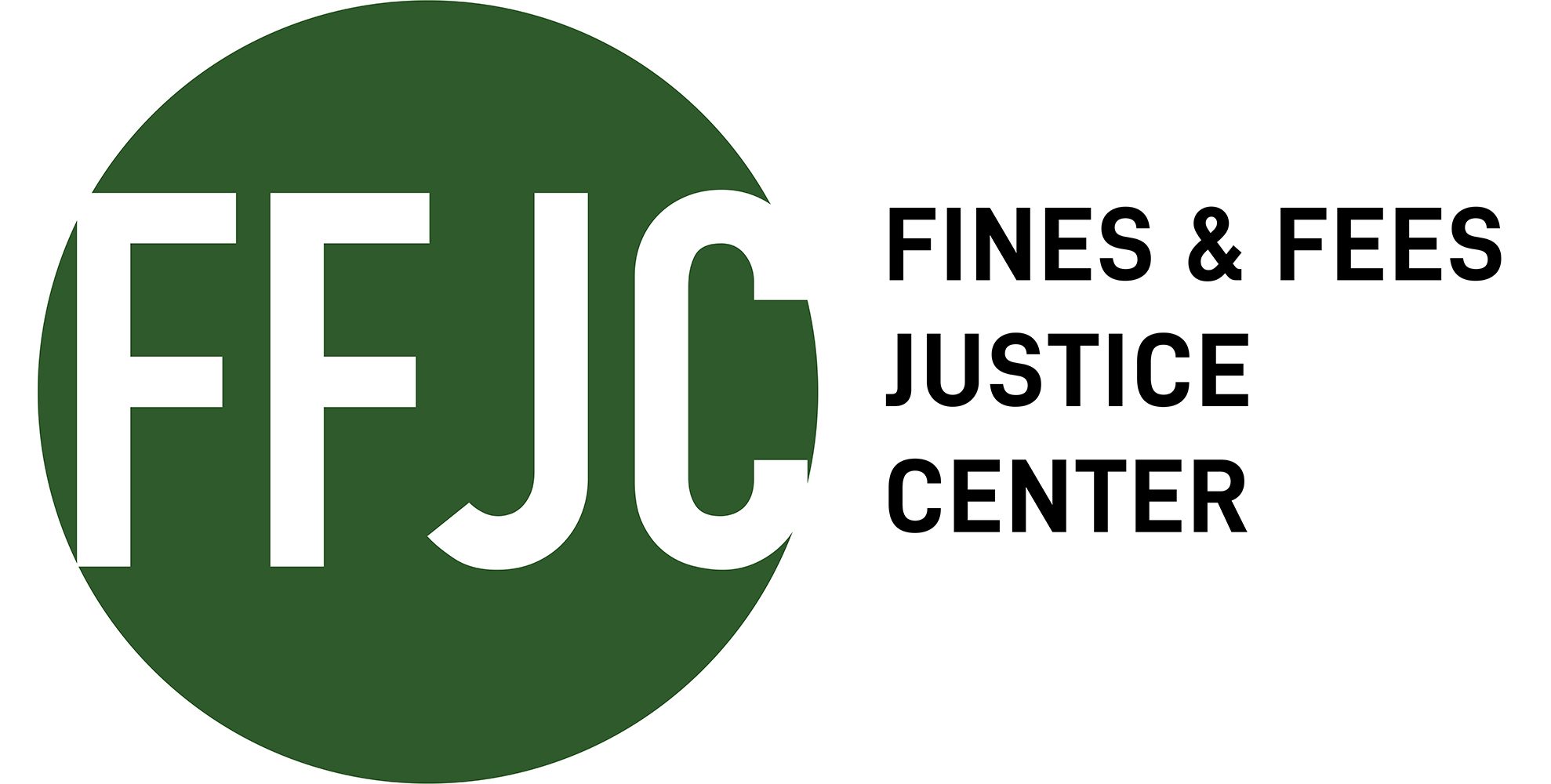Highlights
73 percent of defendants found guilty of a misdemeanor had unpaid legal financial obligations one year after sentencing.
Misdemeanors constitute 80 percent of all criminal cases in the United States. Beginning January 1st, 2014, Wisconsin imposed a $200 surcharge on misdemeanor defendants found guilty in the Milwaukee Circuit Court. This paper examines the economic impact of the mandatory surcharge and its effects on recidivism. The author analyzed court records of all non-traffic misdemeanor and felony cases from January 2001 to September 2019 and found large fines and fees encouraged more costly crime, disproportionately hurt disadvantaged groups, and raised few dollars.
You can read the full text here.
Key Findings:
- The $200 increase surcharge for misdemeanor offenses created a net social cost of approximately $1,600 per misdemeanor case.
- The probability of payment within one year of sentencing was reduced by 36.4 percent after implementing the surcharge.
- The probability of reoffending within one year and two years increased.
- On average, there was a $19.89 increase in revenue per case, less than 10 percent of the imposed surcharge.
- Black and low-income defendants had a significant chance of recidivism with the added surcharge.
- The likelihood of a new criminal conviction within two years was increased with the surcharge; the new offenses are more likely to be felony convictions, and drug and theft offenses increased in severity.
Author(s): Tyler Giles
